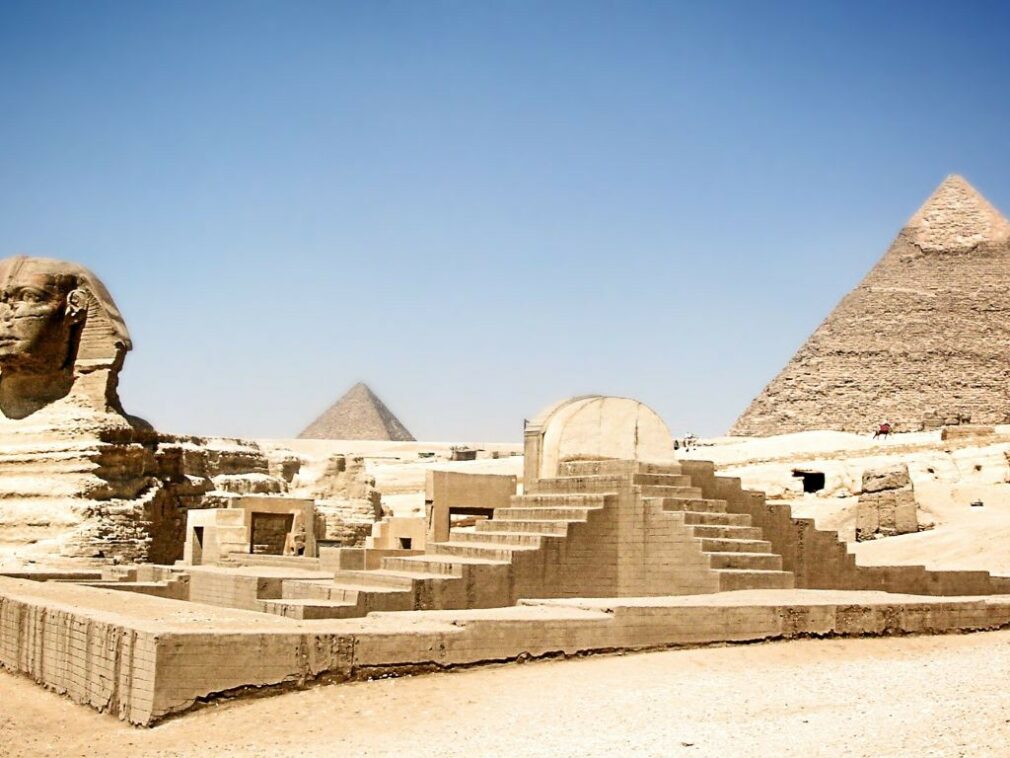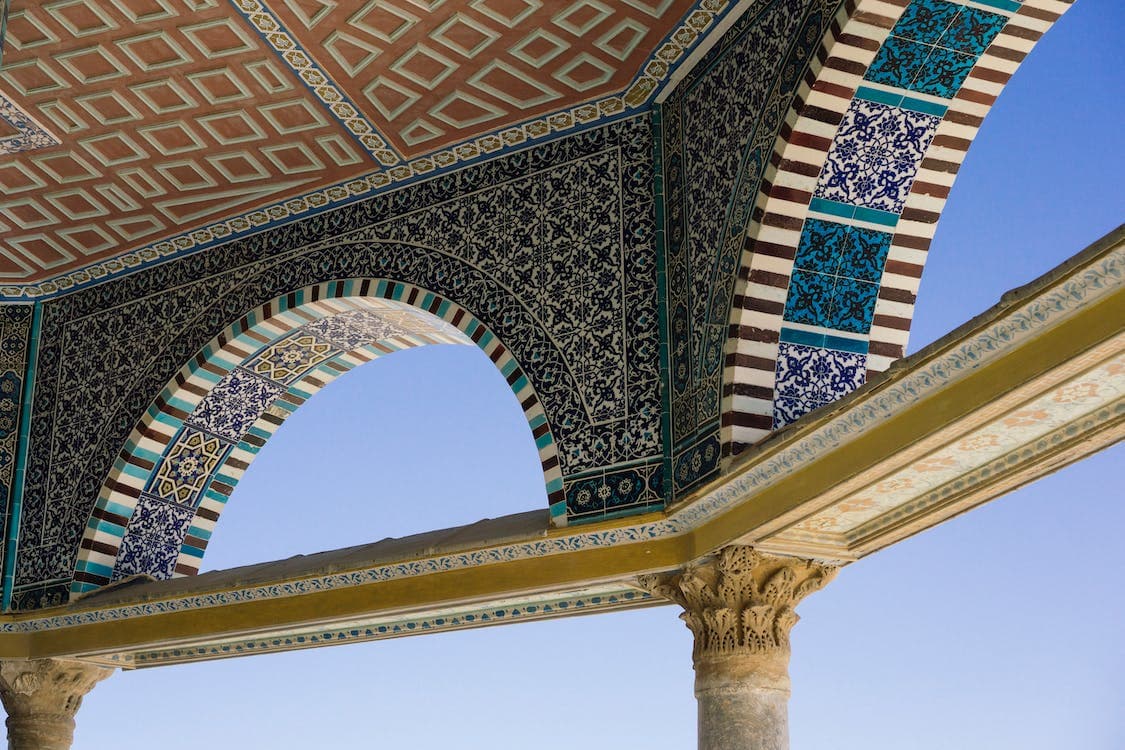Just over a century has passed since one of the most important archaeological discoveries in history was made.
On November 4, 1922, British archaeologist Howard Carter discovered King Tutankhamun’s almost undiscovered tomb. King Tutankhamun governed Egypt from the age of nine until his death at the age of nineteen.
One of the finest preserved tombs from ancient Egypt and one of the most significant archaeological finds ever made was King Tut’s. King Tut’s tomb was mainly discovered undamaged, unlike other pharaonic tombs that had been looted for riches because it had been buried beneath a mound of soil. The world has been enthralled by the hundreds of artefacts that researchers spent years removing from the tomb, including a solid gold sarcophagus and a renowned headpiece.
Egypt has spent the month of November commemorating the 100th anniversary of the tomb’s discovery with a number of unique exhibits, lectures, and events held all over the nation, including a custom opera presented in front of the Hatshepsut Temple in Luxor, not far from where King Tut was interred. 18 artefacts that formerly belonged to Tutankhamun are presently on display in a special exhibit at the Egyptian Museum in Cairo’s Tahir Square, some of which are being seen for the first time. Although taking photos inside the exhibit is prohibited, administrators have developed a virtual tour that allows visitors from all over the world to see its treasures.

The centennial commemoration is considered as a chance to boost Egypt’s tourism, which has been hurt by the epidemic. However, other countries besides Egypt are also commemorating the discovery’s anniversary.
A commemorative coin fit for a king has been made available in Australia by the Perth Mint. One of the most well-known artefacts from ancient Egypt, the burial mask of King Tut, is shown on the one-ounce pure gold coin. Additionally, the National Geographic Society is commemorating the discovery in Washington, D.C., with an immersive event. Cities all throughout the United States and Canada, including Chicago, Dallas, Denver, Detroit, Minneapolis, Nashville, New York, and Toronto, are planning similar King Tut events.
But if you missed the party, don’t worry. By visiting the new Grand Egyptian Museum, which will hold many of the artefacts connected to the discovery, you may still take part in the celebrations. Originally slated to open in time for the 100th anniversary, the museum, which is located on the edge of the Giza pyramid complex just outside of Cairo, is now anticipated to do so in 2023. When it is complete, it will include the world’s largest collection of King Tut-related artefacts.
King Tut’s famous mask, which is now on show at the Egyptian Museum and will be the penultimate object brought to the museum before it opens, is one of the artefacts that will be on display. Before being transferred to the museum, around 150 artefacts from Tut’s tomb are now travelling the globe. There are already thousands of King Tut artefacts in storage, the most of them are made of gold.
Additionally, a renovated Carter House in Luxor is open to tourists visiting Egypt. Carter resided in the more than 100-year-old building when Tutankhamun’s tomb was found. During the most of 2022, officials worked to restore water damage to the residence and recreate a historically accurate depiction of the inside.
The celebration of the 100th anniversary also marked a key milestone for the much-awaited Grand Egyptian Museum. Its opening, although delayed, is eagerly anticipated in 2023. This museum is situated near the Giza pyramid complex, just outside of Cairo, and promises to be an epicenter for King Tut-related artefacts, boasting the largest collection globally. Besides the famous golden mask, about 150 artefacts from King Tut’s tomb are also expected to be showcased there, following a global tour. This remarkable milestone doesn’t just bring the marvels of ancient Egypt closer to modern society, but also shines a spotlight on the relentless efforts of archaeologists, historians, and researchers dedicated to preserving this rich heritage. In addition to the displays and events, the century mark of the discovery also signifies a significant opportunity to revitalize Egypt’s tourism industry. This industry has faced significant setbacks due to the global pandemic, and the milestone celebrations offer a unique platform to attract visitors worldwide.



